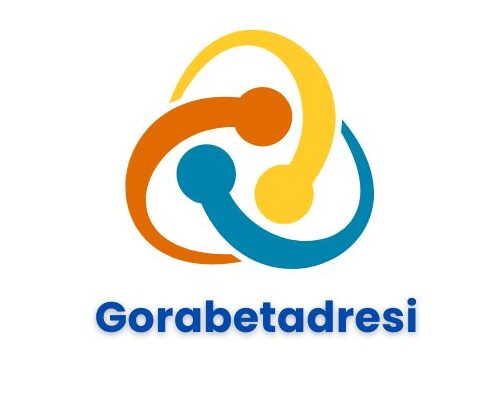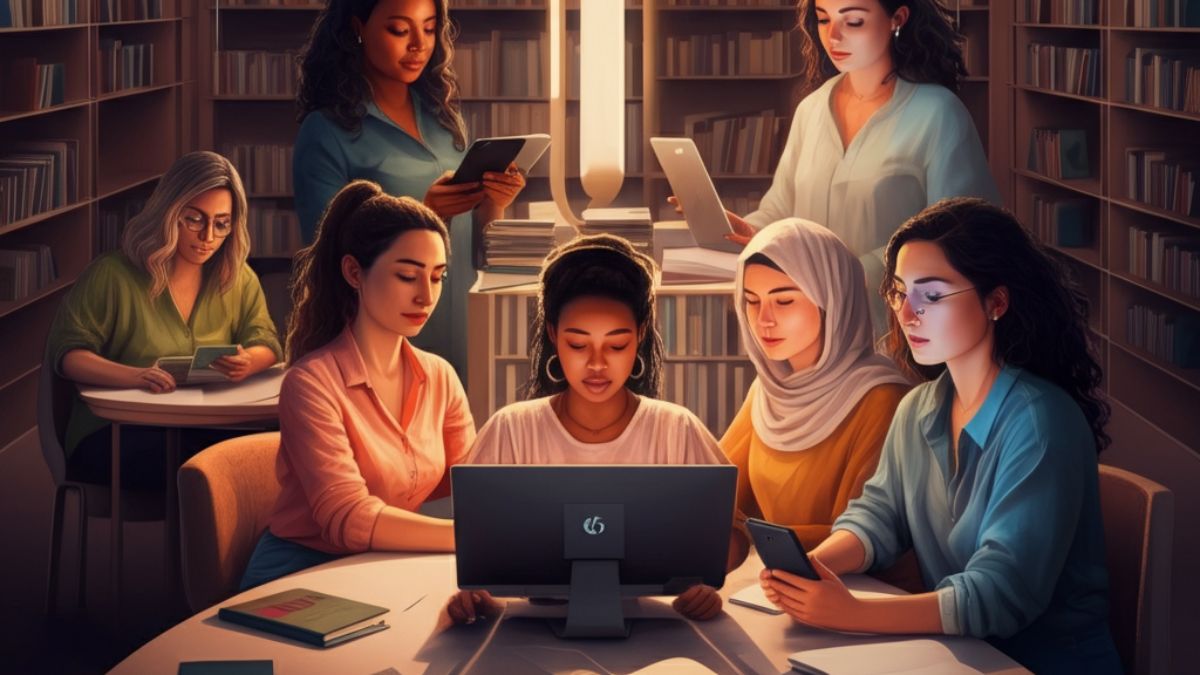Digital literacy is no longer a luxury—it’s a necessity. From managing finances and accessing essential services to finding better job opportunities and staying connected, digital skills are pivotal in our increasingly online world. However, women worldwide face disproportionate barriers in acquiring digital literacy, creating a significant gender gap in technology use.
This blog explores the challenges women face in becoming digitally literate and highlights the benefits of closing this gap for them, their families, and society. We’ll also discuss practical strategies to empower women with the digital skills they need to succeed.
Why Digital Literacy Matters for Women
1. Access to Opportunities
Digital literacy opens doors to education, jobs, and entrepreneurship. Today, many schools and universities offer online courses that require digital proficiency. Similarly, job seekers use platforms like LinkedIn to connect with potential employers, and remote work opportunities rely on tools like Zoom and Slack.
Women who lack digital skills are often left out of the growing digital economy, limiting their career prospects and financial independence. This exclusion exacerbates gender inequalities.
For example, a report by the International Telecommunications Union (ITU) shows that women are 20% less likely than men to use the internet in low-income regions. Bridging this gap isn’t just about equality—it’s about giving women access to an abundance of resources and opportunities.
2. Improved Healthcare Literacy
From online doctor consultations to accessing critical health information, digital literacy plays a significant role in enhancing healthcare access. For women, this extends beyond their health to that of their families, especially in communities where women are the primary caregivers.
Being able to research symptoms, find nearby clinics, or even join communities of other women dealing with similar health challenges can make a tangible difference. A lack of access to such tools and knowledge can leave women unable to make informed decisions about their health and their family’s well-being.
3. Increased Economic Impact
Women’s participation in the workforce and entrepreneurship is a significant driver of global economic progress. According to McKinsey, advancing gender equality in the economy could add $12 trillion to global GDP by 2025.
Digital literacy enables women to start businesses, mentor others through online platforms, or work remotely, creating a ripple effect in communities where economic opportunities may be limited.
Barriers Women Face in Achieving Digital Literacy
1. Access to Technology
Limited access to devices and internet connectivity is a significant barrier, especially in rural and low-income areas. Women are often disadvantaged when it comes to owning a smartphone or computer, either due to financial constraints or cultural norms.
For example, GSMA research shows that women in low- and middle-income countries are 16% less likely to own a mobile phone than men. Without access to devices, digital literacy remains out of reach.
2. Cultural Norms and Gender Stereotypes
Cultural barriers often prevent women from participating fully in technology. Deeply rooted gender norms may restrict women’s education opportunities or limit their freedom to use technology.
Some societies perceive technology as a male domain, leaving women without encouragement or support to engage with digital tools. This lack of exposure perpetuates the gender divide in digital literacy.
3. Lack of Relevant Content and Training
Even when access to technology is possible, a lack of user-friendly training tailored to women’s needs can hinder progress. Educational resources may be inaccessible due to language barriers, low literacy levels, or a lack of local context in digital tools.
Creating relevant, relatable content and educational programs is essential in making digital literacy more approachable for women in diverse cultural settings.
4. Safety Concerns
Many women encounter online harassment and privacy risks, discouraging them from engaging with digital platforms. Cyberbullying, scams, and data breaches disproportionately affect women, creating a real need for awareness and security training alongside digital literacy education.
How We Can Empower Women to Be Digitally Literate
Addressing these challenges requires a multi-faceted approach. Here are strategies to empower women through digital literacy:
1. Providing Accessible Devices and Affordable Connectivity
Bridging the digital divide starts with ensuring women have access to affordable devices and reliable internet. Initiatives like India’s Digital Saksharta Abhiyan (Digital Literacy Mission), which provides free basic digital courses in rural areas, show the transformative potential of access to technology.
Partnerships between private companies, governments, and NGOs can help subsidize devices and provide free or low-cost internet services in underserved communities.
2. Implementing Women-Focused Training Programs
Digital literacy training programs targeted specifically at women can help bridge the gap. These programs should include:
- Basic Digital Skills: Navigating smartphones, using email, and understanding online platforms.
- Practical Applications: Training women to apply these skills for tasks like job hunting, running businesses, or conducting online financial transactions.
- Safe Browsing Practices: Teaching women how to protect their privacy and security online.
Organizations like Women Who Code and She Skills Africa are excellent examples of initiatives providing tailored resources to women aspiring to build digital skills.
3. Promoting Role Models and Community Support
Representation matters. Highlighting female role models in technology can inspire more women to believe in their abilities to succeed in the digital space. Community-based initiatives, where women mentor and support each other, can also create a sense of belonging and encouragement.
For instance, Africa’s “iLearnTeen” project educates young girls in rural areas, helping them discover their potential in digital literacy through accessible workshops.
4. Partnering with Employers
Employers can play a key role in driving digital literacy for women by offering digital skills workshops and encouraging inclusivity within their organizations. By creating safe spaces for learning and mentorship, companies can help women gain confidence and advance their careers.
5. Building Platforms in Regional Languages
The digital world can be intimidating when tools are only available in major languages like English. Developing platforms and learning materials in local languages ensures inclusivity and accessibility for women worldwide.
The Broader Impact of Digital Literacy for Women
When women are digitally empowered, the benefits ripple outward into their families, communities, and societies:
- Greater Financial Security: Women can access job opportunities and online marketplaces to earn a stable income.
- Education: Mothers equipped with digital literacy can better support their children’s education in increasingly tech-driven classrooms.
- Community Progress: Digital literacy empowers women to advocate for social issues, start community initiatives, and bridge information gaps.
A Connected Future Starts With Women
Closing the digital literacy gap for women is more than just an issue of equality—it’s an investment in the success of our digital future. Empowering women with the skills and tools to thrive in a digital-first world benefits everyone, from families to global economies.
It’s time for businesses, governments, and communities to commit to bridging the gender digital divide. Whether through training programs, partnerships, or innovative solutions, every step we take brings us closer to a more inclusive and equitable digital world.
If you’re interested in learning more about empowering women through digital literacy or want to partner with us on an educational initiative, contact us today. Together, we can create meaningful change.
FAQs
Why is digital literacy important for women?
Digital literacy equips women with the skills needed to access opportunities in education, employment, and entrepreneurship. It enables them to connect with resources, advocate for social causes, and contribute significantly to their communities and beyond.
What is the gender digital divide?
The gender digital divide refers to the gap between men and women in terms of access to technology, digital skills, and utilization of digital resources. Bridging this divide is essential to ensure equal opportunities in a rapidly evolving digital world.
How can businesses support women in digital literacy?
Businesses can invest in training programs, provide resources, and partner with organizations dedicated to promoting digital skills among women. Offering mentorship, scholarships, and employment opportunities in tech-focused fields can also make a substantial impact.
What role do local communities play?
Local communities are pivotal in fostering digital literacy by creating supportive environments. This can include hosting workshops, providing public access to technology, and raising awareness about the importance of closing the gender digital gap.
How can I get involved in this initiative?
You can contribute by advocating for digital literacy initiatives in your area, volunteering for educational programs, or partnering with organizations dedicated to empowering women through technology. Together, we can drive positive change.











